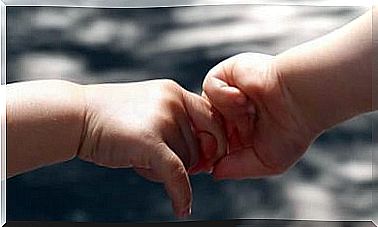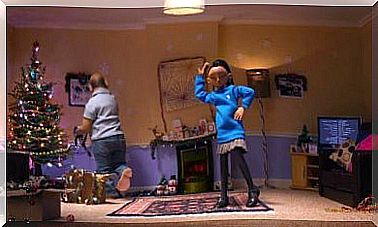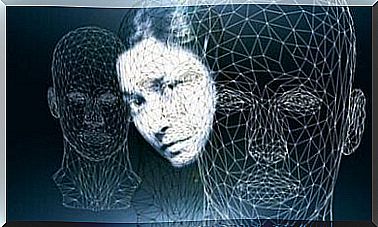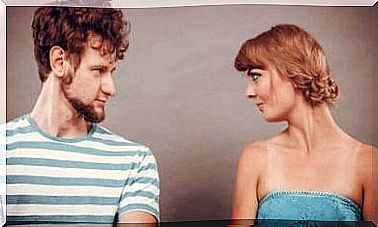Crow’s Classification For Schizophrenia
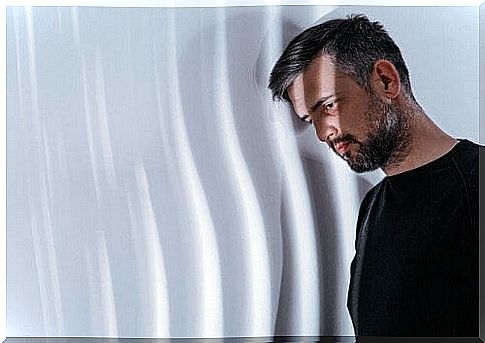
Schizophrenia is a psychotic spectrum disorder characterized by positive (hallucinations, delusions, disorganized thinking), negative (abulia, apathy, anhedonia) and cognitive (attention disorders) symptoms. It is a chronic disabling disorder, the object of interest of more than one discipline. In this article we present the classification model of Crow, an English psychiatrist who in 1980 isolated two variants of this disorder.
Timothy Crow’s classification is important because it relates different clinical aspects (syndrome, course, etiology, treatment, prognosis). The British psychiatrist initially distinguished type I (positive) schizophrenia from type II (negative) schizophrenia.
Seven years later, in 1987 to be exact, he expanded this dichotomous classification, considering that not all cases fit it; thus also included the types of mixed schizophrenia.
Although Crow’s classification model is now out of date, his proposal remains of great interest. It still finds its usefulness on a practical and academic level. Besides that, it allows you to know more about this ailment. What are the characteristics of the two types of schizophrenia that Crow identified and how do they differ? Let’s find out together.
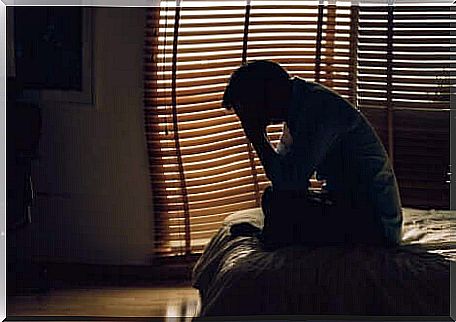
Crow’s classification model of schizophrenia
As we have mentioned, Crow’s classification foresees two types of schizophrenia : type I or positive, type II or negative. It is a model currently no longer used in diagnoses and absent in reference mental health manuals such as the DSM-5 and CIE-10. However, it represented the main point of reference in the years in which it was formulated. Let’s see what it consists of.
Type I (positive) schizophrenia
It is so called because positive symptoms predominate : hallucinations, delusions, formal thought disturbances (eg disorganization) and disorganized behavior.
On the other hand, Crow compared this type of schizophrenia to the paranoid subtype, which we would find in the DSM-IV-TR (although no longer in the DSM-V).
Premorbid fit
In type I schizophrenia, premorbid adaptation is positive, meaning the person does not show particular behavioral changes before the onset of symptoms.
Onset, course and prognosis
The onset of type I schizophrenia is acute, while in type II it is insidious. Symptoms appear suddenly, the course is acute with seizures and remissions. Type II schizophrenia, on the other hand, has a chronic course.
The prognosis of type I schizophrenia is reversible, that of type II is irreversible. This has to do, in large part, with the generally positive response to neuroleptic drugs in type I patients compared to a poor response in type II.
Neuropsychic deterioration
Neuropsychological damage is absent in type I schizophrenia. This term refers to possible deficits or alterations of cognitive processes.
It should be noted that symptoms or cognitive disturbances appear in some subjects with schizophrenia, as suggested by a study by Barrera et al (2006).
According to this study, among the most compromised aspects are declarative memory, executive functions and sustained attention.
Pathological process
Several neurochemical changes occur in type I schizophrenia. In particular, according to Crow, there is an increase in dopamine D2 receptors. Recall that dopamine (to be exact, an excess of it) is a neurotransmitter strongly involved in schizophrenia. In type II, as we will see below, the alterations are of a structural type.
Type II (negative) schizophrenia
The second type of schizophrenia according to Crow’s classification is called type II or negative. It has some traits of the disorganized subtype of schizophrenia (DSM-IV-TR). Symptoms of type II schizophrenia are negative and include affective flattening, lexical poverty, and loss of impulses.
Premorbid fit
Unlike type I, type II schizophrenia has a negative premorbid adaptation. The person shows deficits in social competence and behavioral deficiencies even before manifesting the typical symptoms of schizophrenic disorder.
Onset, course and prognosis
The onset of type II schizophrenia is insidious, meaning that the symptoms occur progressively. The course is chronic and the prognosis irreversible. As mentioned, the response to neuroleptic drugs is poor.
Neuropsychic deterioration
In this case the neuropsychological deterioration is present. The patient may present with deficits or alterations in the cognitive area ; this includes memory, attention, executive functions, etc.
Pathological process
A structural alteration occurs in the brain. This results in a loss of cells within the structures of the temporal lobe and parahippocampal gyrus.
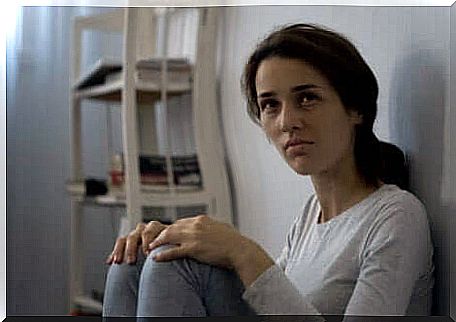
Crow’s classification: short radiograph
We could say that type I schizophrenia has a better prognosis, as it is reversible and has an adequate response to neuroleptics. As for the symptoms, in the type I form they are positive, while in the type II they are.
The manifestation of type I is evident, its course is acute, unlike type II in which the onset of symptoms is more discreet and the course is chronic.
Nowadays, we no longer resort to this dichotomy, but it is true that the different manifestations of schizophrenia do not differ too much from Crow’s classification. At the same time, it still seems risky to try to include the schizophrenic individual in a specific group. Each person has their own idiosyncrasies, even more so when it comes to mental health.
Other classifications
Timothy Crow was not the only author who attempted to classify and group the different forms of schizophrenia. Before him we find the German psychiatrist Emil Kraepelin (1856-1926) and the Swiss psychiatrist Eugen Bleuler (1857-1939).
Kraepelin distinguished the following types of schizophrenia: paranoid, catatonic, and hebephrenic (disorganized). Bleuler confirmed Kraepelin’s classification, but supplemented it with another subtype: simple schizophrenia.



